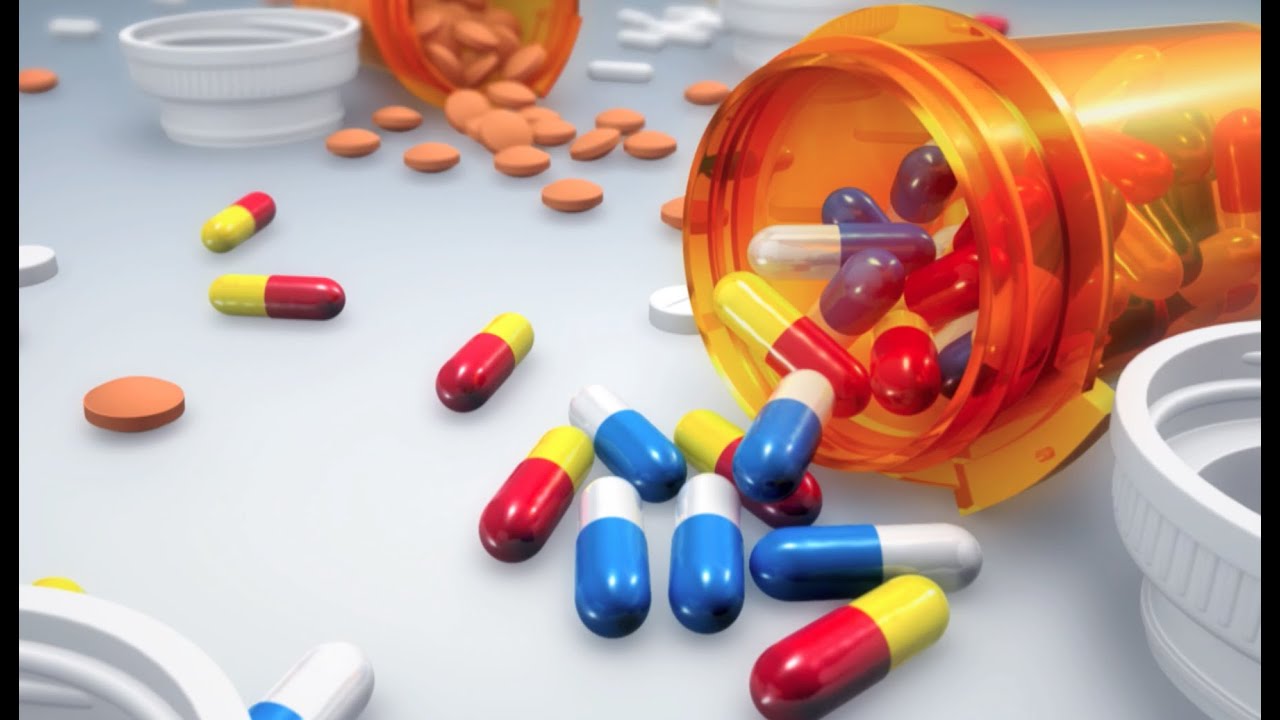Biotechnology has come a long way since the pioneering days of gene splicing and recombinant DNA technology. One major area that has been transformed is the production of therapeutic proteins for medical research and treatment of diseases. Recombinant protein technology allows for the large-scale production of pure proteins that can benefit human health in countless ways.
What are Recombinant Proteins?
Recombinant proteins refer to proteins that are generated using biological systems other than their natural biosynthetic pathways. They are proteins that have been produced using recombinant DNA techniques, such as inserting genes encoding the protein of interest into plasmids, bacteria, yeast or other types of host cells. When these host cells are grown under controlled conditions, they express high yields of the recombinant protein. This innovative technique revolutionized protein production, allowing manufacturing of therapeutic proteins on an industrial scale.
Scale of Production: Host cells can be cultured in large fermentation vessels to produce gram or kilogram quantities of recombinant proteins. This enables commercial production to meet high clinical demands.
Purity: Recombinant proteins can be purified away from other contaminating proteins in the host cells, resulting in highly pure proteins. Traditional protein isolation methods yield impure proteins.
Consistency: Host cell cultures can be maintained under tightly controlled conditions to guarantee consistent Recombinant Protein expression. This ensures batch-to-batch reproducibility lacking in traditional methods.
Post-translational Modifications: Eukaryotic host cells like yeast and mammalian cells allow recombinant proteins to undergo key post-translational modifications like glycosylation. Prokaryotes lack these processing abilities.
Low Production Cost: Once host cell lines are established, mass production of recombinant proteins involves relatively low manufacturing costs compared to purification from natural sources.
Major Recombinant Therapeutic Proteins
Numerous blockbuster recombinant protein drugs have been developed and approved based on this powerful technology. Here are a few notable examples:
Insulin: One of the earliest and most famous success stories. Produced recombinantly in E. coli, it revolutionized diabetes treatment making insulin widely accessible at lower costs. Global insulin market is projected to exceed $30 billion by 2025.
Erythropoietin: A lifesaving treatment for anemia in renal failure patients. Produced in mammalian cells, it closely mirrors human EPO. Global sales exceed $10 billion annually.
Interferons: Key immune modulators with antiviral and anticancer properties. Three major types (alpha, beta, gamma) are recombinantly produced, expanding clinical applications.
Growth Hormone: Used to treat growth disorders in children. Produced in E. coli, it is indistinguishable from human growth hormone. Annual global market exceeds $3 billion.
Monoclonal Antibodies: The largest and fastest growing class of biologics. Combined sales of leading MAbs like Avastin, Humira, Rituxan exceed $50 billion annually. All rely on recombinant production methods.
Other therapeutic areas benefiting from recombinant proteins include thrombosis, reproductive health, metabolic disorders and many more. Over 300 recombinant protein drugs have been approved to date, demonstrating the widespread utility of this approach.
Future Prospects
While recombinant protein technology has revolutionized biomanufacturing and drug development, there is still significant untapped potential. Here are a few key areas where further innovations are expected:
Plant-based expression systems: Technologies like transgenic plants, algae and moss factories hold promise for low-cost production of complex proteins with appropriate modifications.
Microbial platforms: Enhanced E. coli and novel bacterial and yeast strains tailored for different classes of protein expression could boost productivity and yields.
Continuous manufacturing: Emerging single-use bioreactors and continuous processing methods will likely streamline manufacturing operations and cut production timelines.
Fusion proteins: Combining therapeutic proteins with targeting moieties could improve pharmacokinetic properties and maximize clinical benefits.
Cell-free expression: In vitro transcription-translation systems combined with synthetic biology may enable on-demand production of personalized biologics.
Genome engineering tools: Technologies like CRISPR will facilitate rapid development of optimized microbial cell lines and production strains.
With continued innovation, recombinant protein technology offers immense potential to develop innovative therapeutics for currently incurable diseases and transform healthcare globally. Strategic investments in R&D coupled with enabling policy frameworks will help realize this promise.
Recombinant protein production has revolutionized biomanufacturing and enabled development of a wide range of life-saving protein therapeutics. While significant progress has been made, further advances are expected to make this technology more versatile, efficient and cost-effective. The healthcare benefits of recombinant proteins are sure to multiply manifold in the coming decades.
*Note:
1. Source: Coherent Market Insights, Public sources, Desk research
2. We have leveraged AI tools to mine information and compile it



